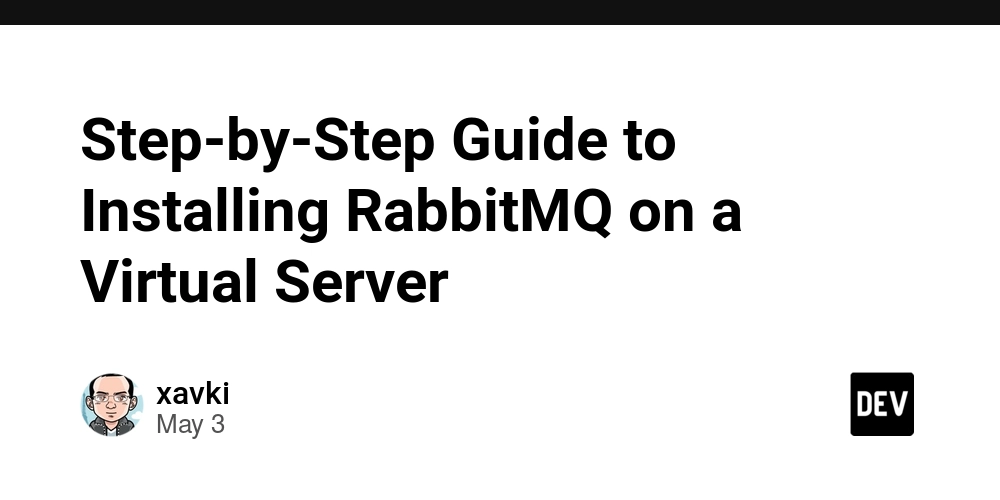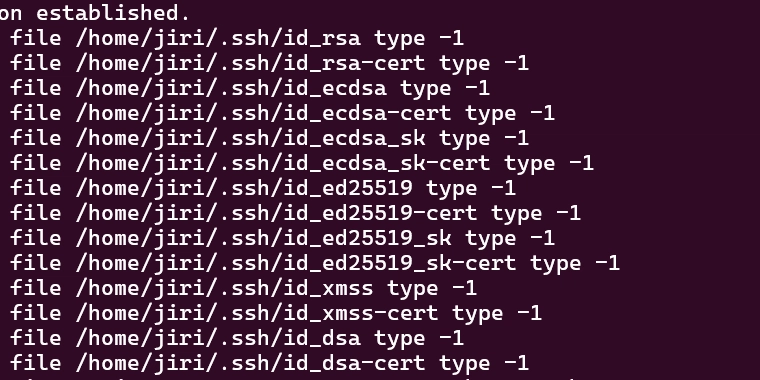Step-by-Step Guide to Installing RabbitMQ on a Virtual Server
RabbitMQ is a powerful, open-source message broker designed to facilitate asynchronous communication between different components of an application. It acts as a reliable intermediary that helps applications, services, and systems communicate with each other without needing to be directly connected or aware of each other's internal workings. This decoupling leads to more resilient, flexible, and scalable architectures. RabbitMQ enables the implementation of message queues that decouple sender and receiver, allowing them to operate at their own pace. It is ideal for distributed systems, microservices, background job processing, and event-driven applications. RabbitMQ is battle-tested in production environments by organizations of all sizes. In this comprehensive tutorial, you'll learn how to install RabbitMQ on a virtual server, configure essential components for both development and production environments, and secure your messaging system for scalability, flexibility, and enterprise readiness. Whether you're an individual developer or part of a DevOps team, this guide will help you get RabbitMQ up and running confidently. Why Choose RabbitMQ? RabbitMQ is a preferred messaging solution for many developers, system administrators, and DevOps teams due to a broad range of features and community support: Robust Functionality: RabbitMQ supports multiple messaging protocols including AMQP, STOMP, and MQTT, giving it the versatility to integrate into virtually any system. Its protocol-agnostic nature means you can adapt it to fit almost any messaging requirement. Flexible Deployment: Offers advanced features like clustering, high availability, federation, and persistent messaging queues, making it suitable for both small applications and large-scale enterprise systems. It can be deployed on bare metal, virtual machines, containers, and cloud-native platforms. Cross-Platform Integration: Compatible with most programming languages and frameworks including Java, Python, .NET, Ruby, PHP, Elixir, and Go. Official client libraries and community support ensure seamless integration. Mature Ecosystem: Backed by a large open-source community, an extensive set of plugins, rich documentation, and commercial support through VMware. Lightweight and Efficient: Minimal memory and CPU usage even when handling thousands of messages per second. It is designed to handle high-throughput and low-latency message processing.

RabbitMQ is a powerful, open-source message broker designed to facilitate asynchronous communication between different components of an application. It acts as a reliable intermediary that helps applications, services, and systems communicate with each other without needing to be directly connected or aware of each other's internal workings. This decoupling leads to more resilient, flexible, and scalable architectures.
RabbitMQ enables the implementation of message queues that decouple sender and receiver, allowing them to operate at their own pace. It is ideal for distributed systems, microservices, background job processing, and event-driven applications. RabbitMQ is battle-tested in production environments by organizations of all sizes.
In this comprehensive tutorial, you'll learn how to install RabbitMQ on a virtual server, configure essential components for both development and production environments, and secure your messaging system for scalability, flexibility, and enterprise readiness. Whether you're an individual developer or part of a DevOps team, this guide will help you get RabbitMQ up and running confidently.
Why Choose RabbitMQ?
RabbitMQ is a preferred messaging solution for many developers, system administrators, and DevOps teams due to a broad range of features and community support:
- Robust Functionality: RabbitMQ supports multiple messaging protocols including AMQP, STOMP, and MQTT, giving it the versatility to integrate into virtually any system. Its protocol-agnostic nature means you can adapt it to fit almost any messaging requirement.
- Flexible Deployment: Offers advanced features like clustering, high availability, federation, and persistent messaging queues, making it suitable for both small applications and large-scale enterprise systems. It can be deployed on bare metal, virtual machines, containers, and cloud-native platforms.
- Cross-Platform Integration: Compatible with most programming languages and frameworks including Java, Python, .NET, Ruby, PHP, Elixir, and Go. Official client libraries and community support ensure seamless integration.
- Mature Ecosystem: Backed by a large open-source community, an extensive set of plugins, rich documentation, and commercial support through VMware.
- Lightweight and Efficient: Minimal memory and CPU usage even when handling thousands of messages per second. It is designed to handle high-throughput and low-latency message processing.





































































































































































![[The AI Show Episode 145]: OpenAI Releases o3 and o4-mini, AI Is Causing “Quiet Layoffs,” Executive Order on Youth AI Education & GPT-4o’s Controversial Update](https://www.marketingaiinstitute.com/hubfs/ep%20145%20cover.png)




























































































































![[DEALS] Microsoft 365: 1-Year Subscription (Family/Up to 6 Users) (23% off) & Other Deals Up To 98% Off – Offers End Soon!](https://www.javacodegeeks.com/wp-content/uploads/2012/12/jcg-logo.jpg)




![From Art School Drop-out to Microsoft Engineer with Shashi Lo [Podcast #170]](https://cdn.hashnode.com/res/hashnode/image/upload/v1746203291209/439bf16b-c820-4fe8-b69e-94d80533b2df.png?#)








































































































(1).jpg?#)































_Inge_Johnsson-Alamy.jpg?width=1280&auto=webp&quality=80&disable=upscale#)
















































































































![Apple to Split iPhone Launches Across Fall and Spring in Major Shakeup [Report]](https://www.iclarified.com/images/news/97211/97211/97211-640.jpg)
![Apple to Move Camera to Top Left, Hide Face ID Under Display in iPhone 18 Pro Redesign [Report]](https://www.iclarified.com/images/news/97212/97212/97212-640.jpg)
![Apple Developing Battery Case for iPhone 17 Air Amid Battery Life Concerns [Report]](https://www.iclarified.com/images/news/97208/97208/97208-640.jpg)
![AirPods 4 On Sale for $99 [Lowest Price Ever]](https://www.iclarified.com/images/news/97206/97206/97206-640.jpg)
































![[Updated] Samsung’s 65-inch 4K Smart TV Just Crashed to $299 — That’s Cheaper Than an iPad](https://www.androidheadlines.com/wp-content/uploads/2025/05/samsung-du7200.jpg)































































